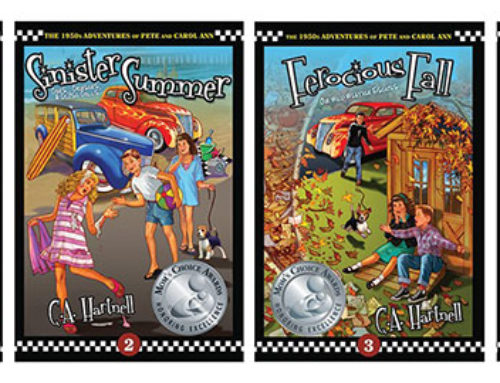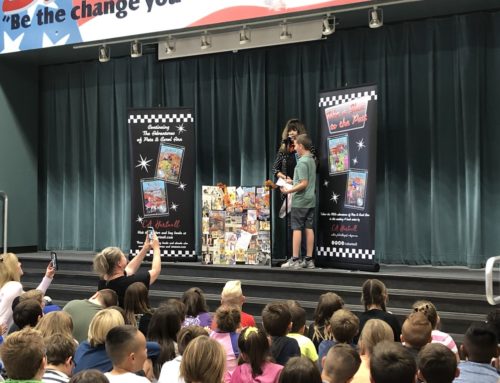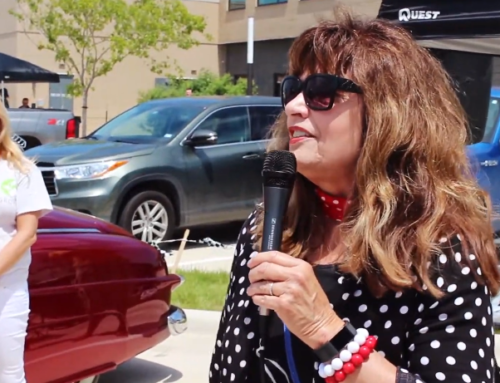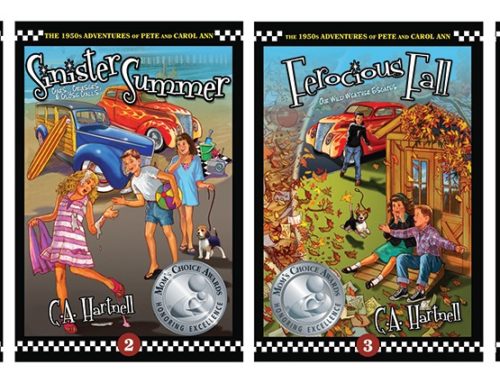In the 1950s, two words could strike terror into the hearts and minds of parents and kids alike: polio season.
Polio, short for poliomyelitis, was an infectious viral disease. The virus could settle in the brains or spinal cords of victims and bring on partial or total paralysis and even death. Until a vaccine was introduced mid-decade, there was no treatment. Even more frightening, the virus was spread from person to person. As warmer weather brought on each year’s polio season, swimming pools were drained, kids’ birthday parties were causes for concern and moviegoers were warned about sitting too close to one another.
To illustrate the horrific nature of the polio epidemic and how it frightened the world, in just one year in the 1950s 60,000 children contracted polio. Thousands were paralyzed, and about 3,000 kids died. Imagine where your thoughts would be if you were the parent of young children growing up in that pre-vaccination era.
Polio didn’t just target children. In an earlier decade, even an eventual U.S. president — Franklin Delano Roosevelt — became a polio and paralysis victim when he was 39 years old.
As an author of a series of nostalgic 50s books, I tackle the very serious subject of polio 1955 in my middle-grade novel, Scary Spring: Our Polio Fright of 1955.
For all of its terrifying back story, polio is actually a tale of medical heroism. From the time the vaccine was developed and released in the year in which my story takes place, the terrifying infection was eradicated virtually everywhere globally by 1979. There are only two small pockets of geography in which polio is still a threat because vaccinations have not been accepted by those in power in these areas.
Scary Spring is part of a four-book series introducing readers to fifties culture through the eyes of Pete and Carol Ann, both of whom are eleven years old. My other novels in this seasonally themed series are Sinister Summer, Ferocious Fall, and Wild Winter.
I feel that Scary Spring addresses this somber topic with warmth, tenderness and even appropriate humor. Young readers can learn about this severe time in our past and that the fears they hold today aren’t much different than what children more than 60 years ago went through. Ultimately, we as a society completely defeated this dangerous enemy — and we can similarly face the challenges before us today. That’s the lesson I hope to impart.
Please use the opportunity of this book to discuss the polio epidemic with your children and help them discover the sense of victory and inspiration in the story.




